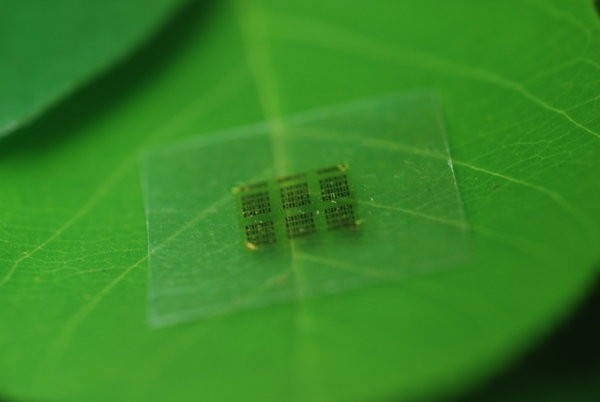Technology has become more mainstream than ever. Nearly everyone in developed nations has at least one wireless mobile device and while these gadgets have revolutionized a number of aspects of our daily lives, they've also responsible for creating unprecedented levels of e-waste.
Perhaps in the near future, such waste won't be as much of a concern as researchers from the University of Wisconsin-Madison in collaboration with the U.S. Department of Agriculture Forest Products Laboratory have developed a semiconductor that's constructed almost entirely of wood.
As it turns out, the majority of a computer chip is comprised of a substrate, or support layer. Researchers were able to successfully replace the non-biodegradable support layer with a material known as cellulose nanofibril (CNF), a flexible and environmentally friendly material made out of wood.

University of Wisconsin-Madison electrical and computer engineering professor Zhenqiang Ma, who led the project, said chips built using CNF are safe enough that they can be discarded in the forest where fungus will break them down into material that is as safe as fertilizer.
Getting to this stage wasn't easy, however, as the team had to overcome two serious roadblocks: surface smoothness and thermal expansion. To do this, they used an epoxy coating on the surface of the CNF that makes the material smoother and also acts as a barrier against moisture.
Best yet, the performance of chips built using CNF is comparable to existing chips.
Considering mobile devices already outnumber humans and landfills are filling up at a rapid rate, breakthroughs like this could go a long way in leading to a more environmentally friendly future.
